The first Latin American exports exposed to the coronavirus
Published on 08 April 2020
China was the first point of the explosion of the crisis that has paralyzed the entire planet. In this note, the first products that could have been contacted by their quarantine are analyzed.
One of the advantages of globalization is the possibility of exploring new destinations for commercial exchange. This has been very well used by most countries, which has been specially benefited by the greater interaction of China with the rest of the world since the 90s and, especially in the 21st century.
However, it has been the same interaction between different countries that has led to the spread of the coronavirus to the level that led to the widespread stoppage of commercial activity at a global level. It is to be expected that hard years will come for the economy of all countries, but it is not yet possible to foresee the magnitude of the damage caused by the stoppage of productive activities.
Fortunately, the food sector can maintain its production due to its need for subsistence, and ports have also not been closed. However, demand will definitely be reduced due to the huge shock that the labor market will receive due to the adjustment in supply in the face of the challenge of having forced to stop operating for weeks.
For the moment, it remains to wait for the first figures to get an idea of the first impacts in the real sector. In this sense, the change in the value of shipments to China can serve as a first measurement of what would come next. The following table shows the value of exports from different Latin American countries to this destination, in which the exposure of each of them to what happens in it can be perceived.
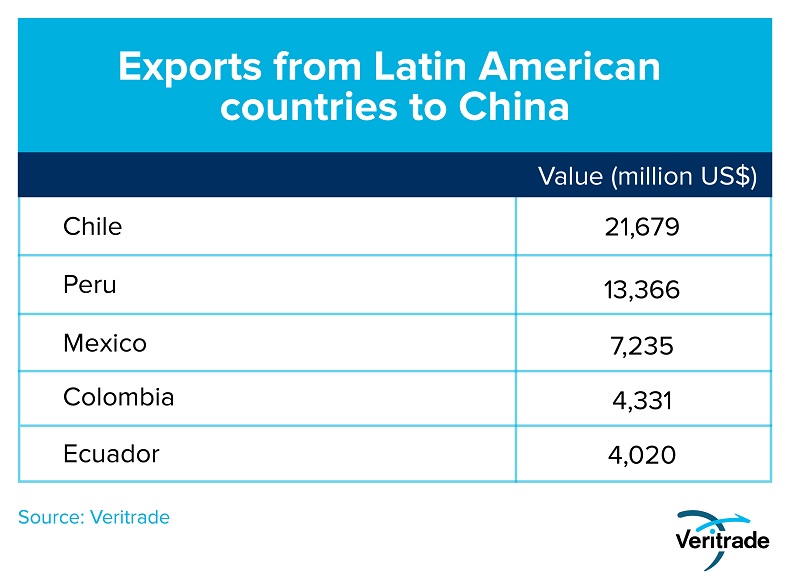
The greater vulnerability of Chile and Peru is explained by their dependence on copper, a metal of which they are the two main suppliers for the Asian country, which incidentally buys 40% of it globally.
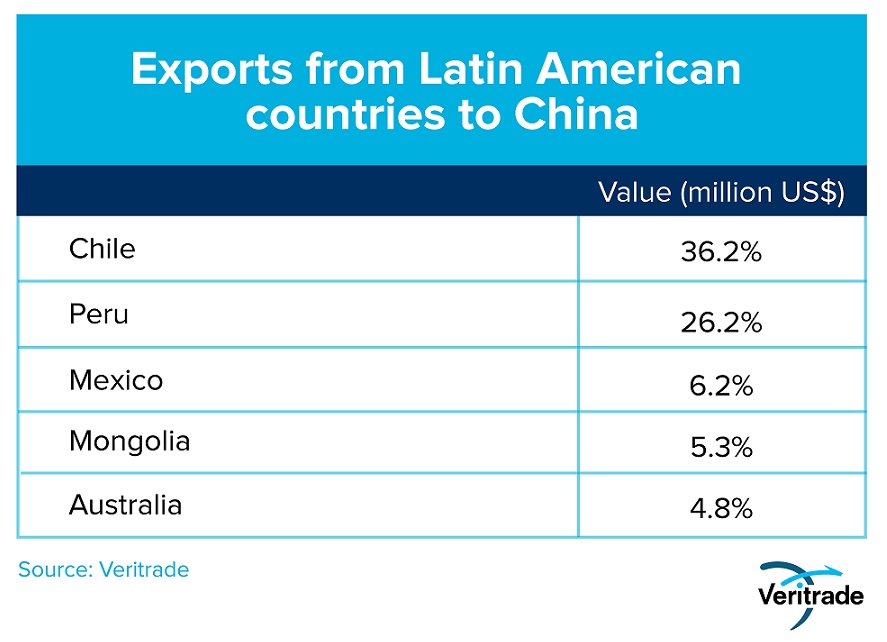
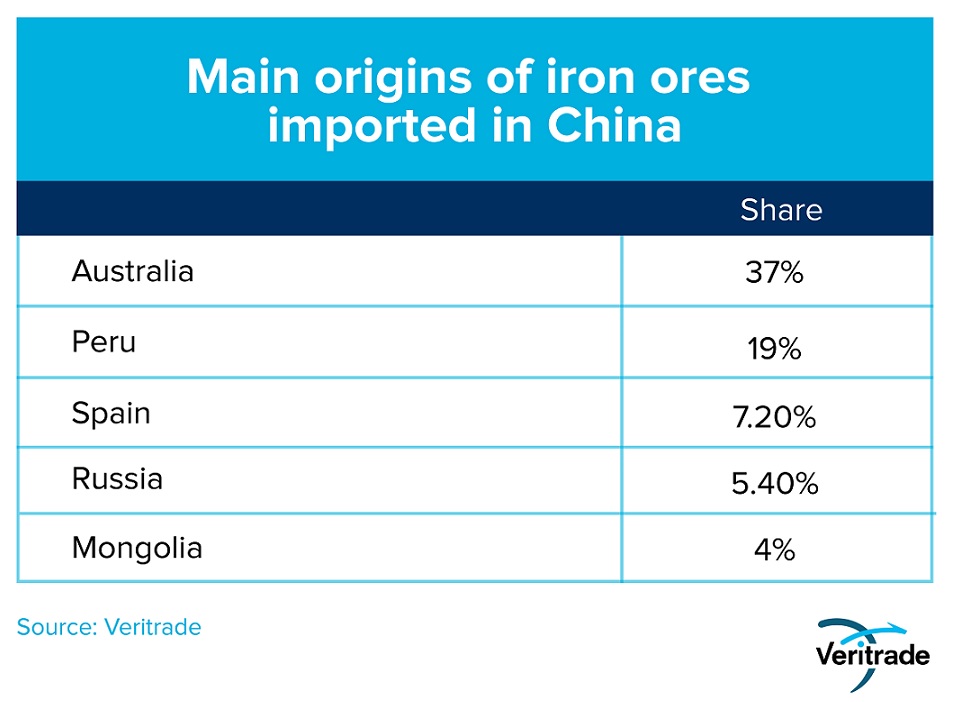
In general terms, Latin American countries are important suppliers of minerals that supply the Chinese industry, and that is definitely exposed to the slowdown in their economy, which this year would grow to the lowest level in three decades. In the same way, food and beverage exports would be affected by lower demand, which would lead to products that had had a sustained growth in the value of their exports for years due to their introduction as an alternative when the rest of the countries they do not produce, or simply due to the enormous number of diners who cannot be supplied with the local offer with such competitive qualities or prices, will be affected. The following tables show the relevance of Latin American shipments.
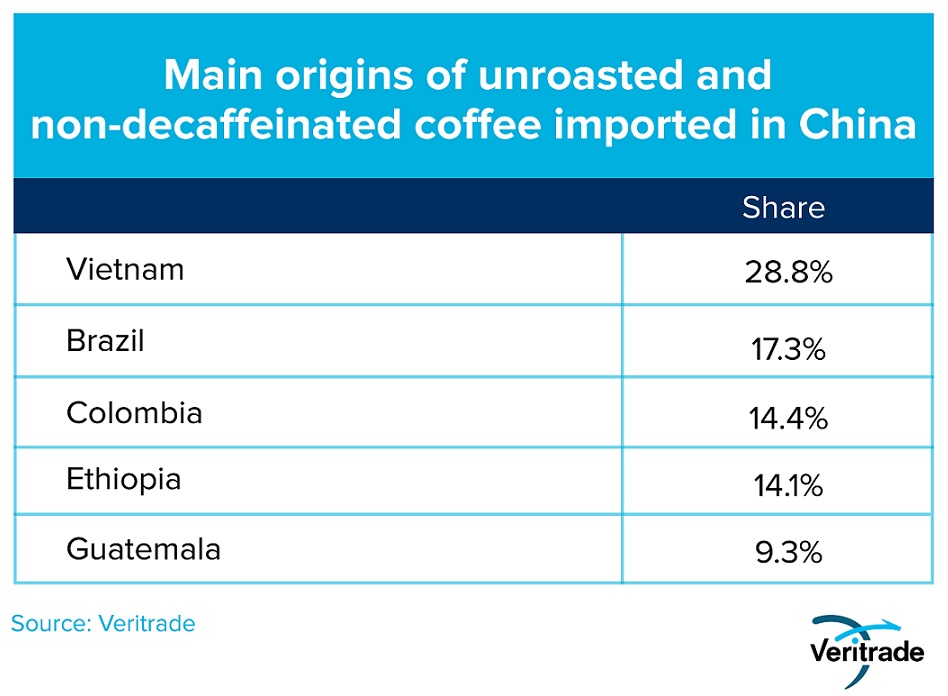
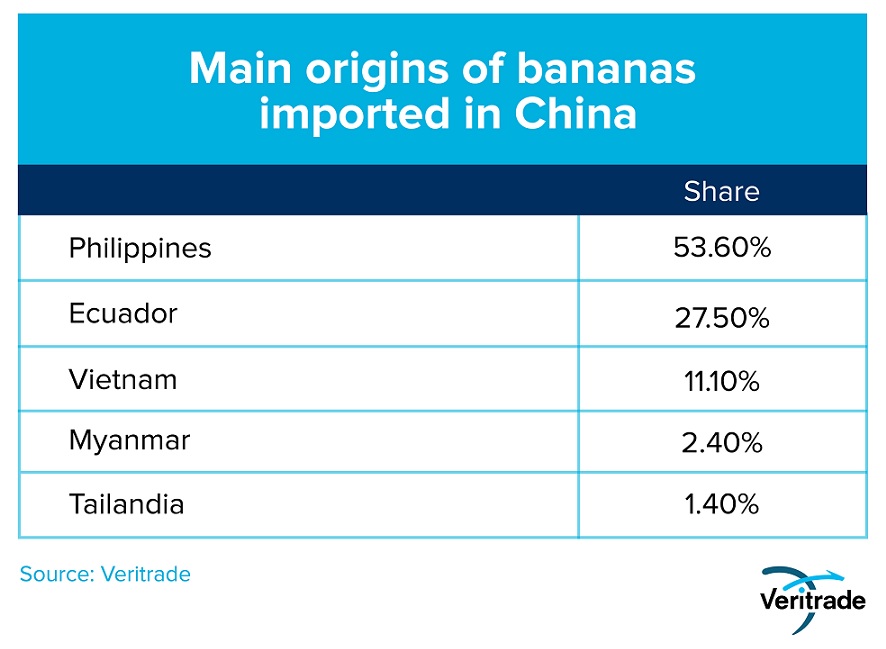
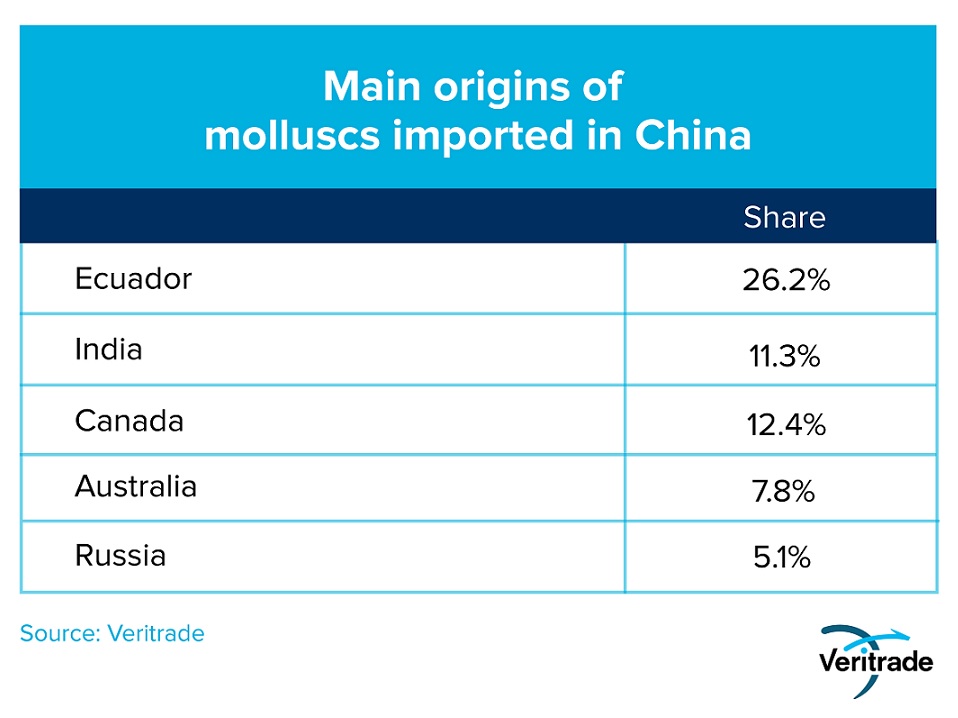
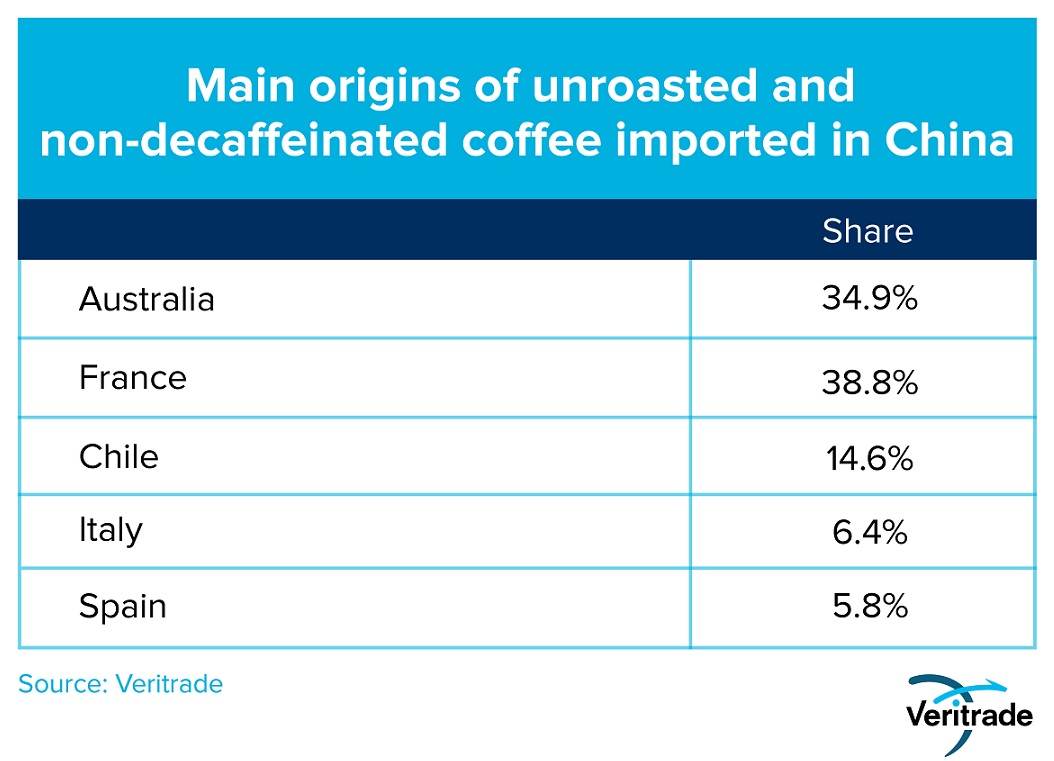
The challenge of making up for lost ground will be great, but one must not succumb to pessimism. It will be essential to accept the possibility of facing a cycle of economic regeneration that will have medium and probably long-term implications, and above all, to adapt financial and operating models to new realities to keep business afloat. The fight has just begun, and it must begin with poise.
For more information on the current situation of the international market, you can enter the Veritrade portal.
Request your free trial by going to : https://bit.ly/2woyEOi